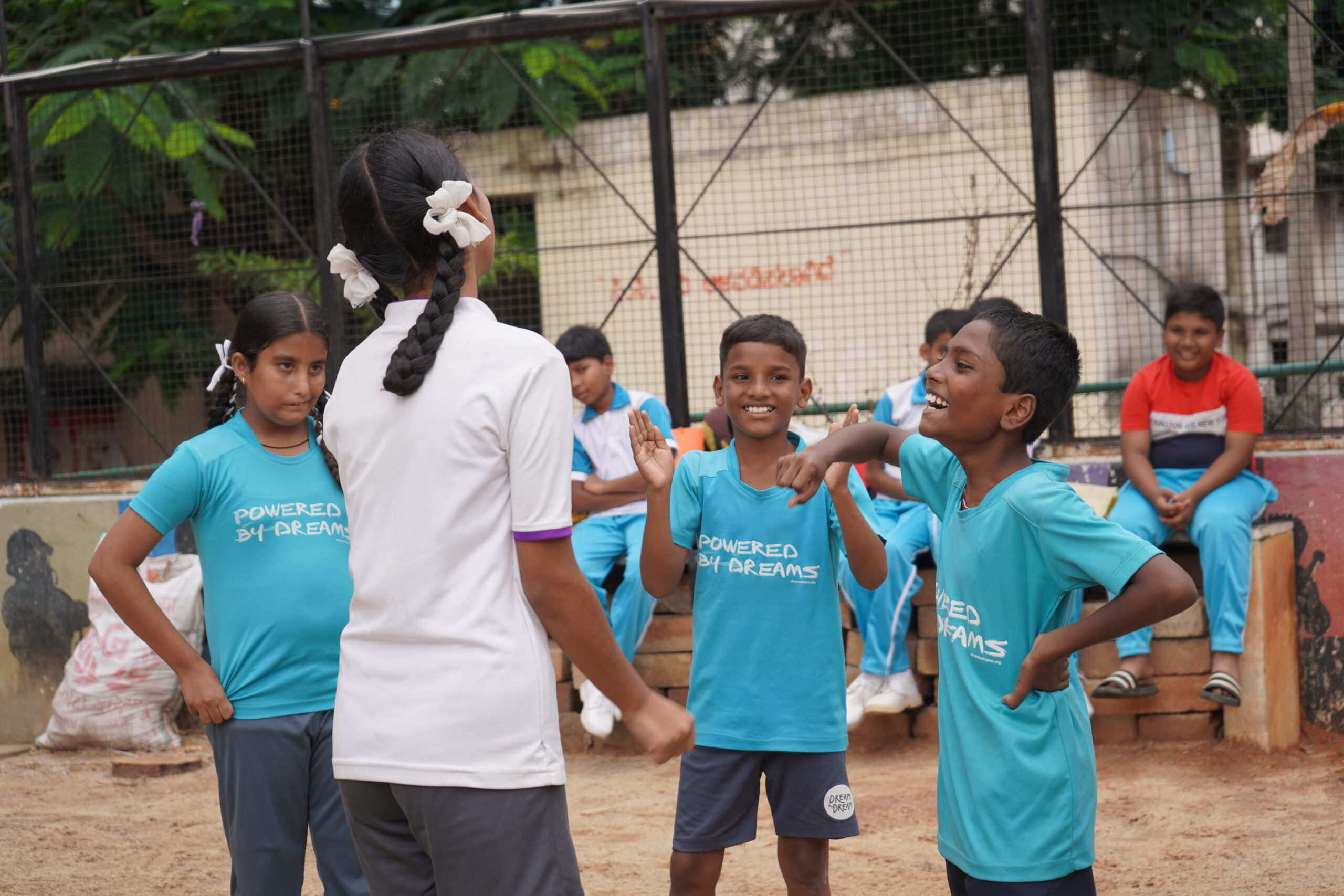The first time I became aware of identity was when I was 6. A schoolmate asked me, “Are you a Hindu or a Muslim?”. I replied honestly, “I don’t know.” Till then, I had not realised that my ascribed identity was somehow considered more important than ‘me’ leading to a persisting struggle between the two. ‘Them’ versus ‘Us’ is a seed sowed very early into the minds of children. Open any primary class textbook and you will notice the stereotyping in the text and images. Successful characters are fair-skinned, urban, dominant upper caste and class, mostly male. Do we really feel every child in a society, as heterogeneous as India, fits into this mould or are we hinting that only those who ‘fit in’ can be successful? Though textbooks are getting revised with a more equal representation of the gender binary, there is still a large section of society which is ‘othered’ and ‘ignored’. Othering, a social process of marginalisation, lies at the heart of most societal ills, including bullying, racism, communalism, casteism, sexism, homophobia, transphobia where groups highly value their own kind while denigrating and excluding anyone different from them. Our natural tendency to fear the unknown has made us distrust people who are not like us, who don’t want the same things as us, who express their individuality differently. It provides social sanction to build high walls around one’s identity to prevent intermixing.
Society is built out of human interactions. When we do not mingle and communicate, it leads to social fragmentation, seen clearly in the inequity and strife around us. Newspapers regularly report incidents of identity-based violence, some perpetrated in schools. Our education system has been focused on rote learning for so long that the social aspect of learning went missing. Under the garb of maintaining discipline, students are discouraged to bond with ‘them’, develop empathy and understanding or show respect for differences. Narratives of the marginalised are often ignored and if shared are told from the purview of a privileged lens. Discriminatory systems give rise to a sense of inferiority in the marginalised and a sense of entitlement in the privileged. When 5 year old Revanna entered a classroom for the first time, he was made to sit on the floor, while the upper caste students sat on benches. As a first generation learner, his inability to grasp lessons was met with regular beatings from teachers. Forced to sit and listen to the teacher all day, he understood that the education system was not for him; it could not teach him in a way which was easy for him to grasp or learn. While engaging in the only activity he truly enjoyed at school- sports, he was made to stand separately with other Dalit students. When gatekeepers of systems do not even allow marginalised communities to enter their spaces, inclusion remains a faraway reality.
For an education system which idolises individual scores and achievements, it’s ironic that it forgets the individual context of students while creating a learning environment. The need to fit into a homogeneous mould of perfection creates a visible decline in students’ confidence with body image, satisfaction with personal and school life, availability of people to share feelings with and experiencing happiness as they grow older. Inclusion is not asking a person to be who they are not. It is consulting the people who are affected by a decision, before taking them. It is a celebration and not merely a tolerance of differences. It does not require lofty restructuring of the education system, instead requires us to connect with each other as humans. Inclusive education needs target achievement to move from curriculum completion to channelling the students ability to learn, contextualising the pedagogy to their needs. It requires schools to develop supportive peer structures and teacher-student relationships. Checking in the emotional state of students at the beginning of each class of any subject helps them feel that they matter. By including examples of people from alternative identities, different regions, culture, ethnicity etc. as leaders and successful people in textbooks, we gain diverse role models. Inclusion can start with the choice for students to change their name or choose the uniform they want to wear.
While all the above is doable, the deeper question to ask is- are we ready? Can we make our homes more inclusive? Can we question stereotypical stories about groups and communities? Can we overcome our reluctance to share opportunities with those who have none? A society cannot progress if sections of it live invisible, fearful lives. Our success, when measured materially and individualistically, makes us compete with others for limited resources. Our success, when measured with the thriving of all, makes us work collectively towards a sustainable future. Let us be less lonely in our existence and choose a definition which includes us all.
About the Author: Saba Ahmad is a copyeditor, with the Narrative Building team at Dream a Dream. She is grateful to Revanna Marilinga for sharing his school experience with her.


